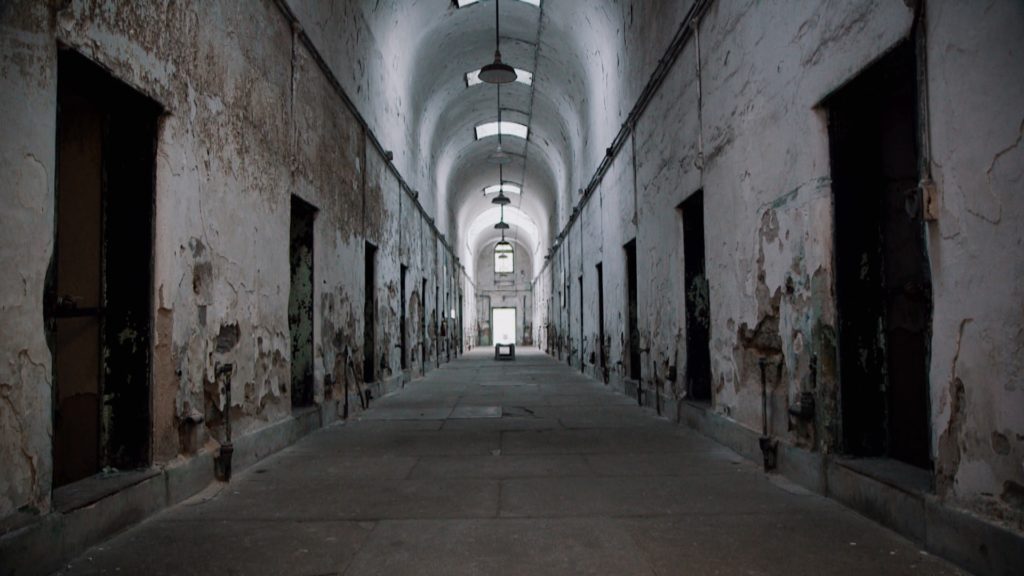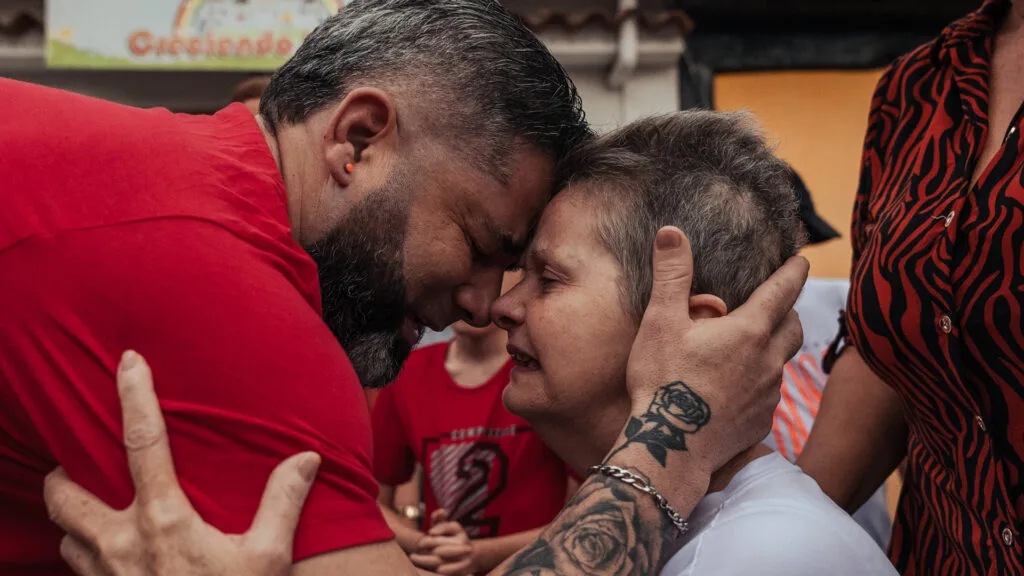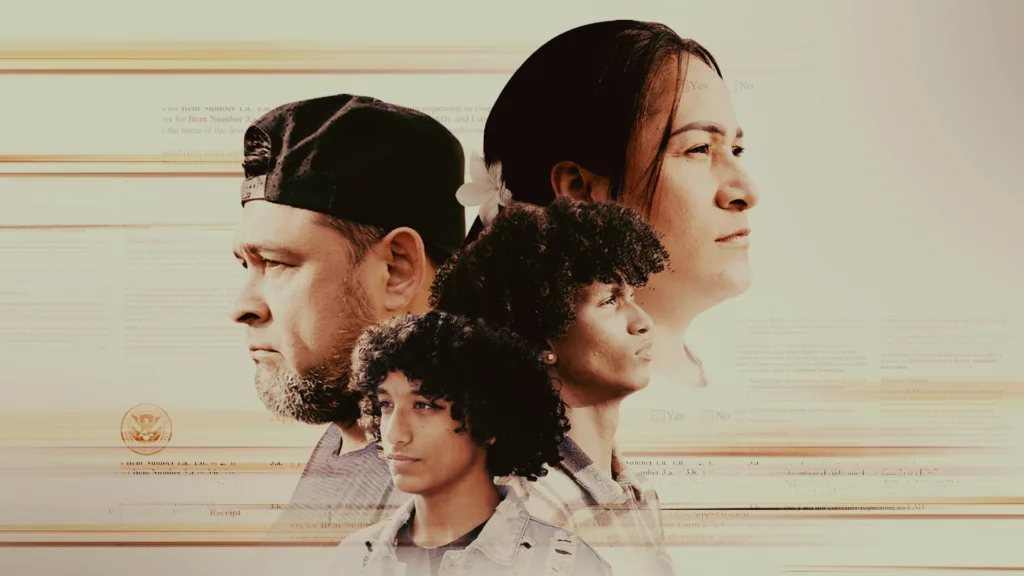A “Noble Experiment”: How Solitary Came to America

April 22, 2014
Share
In the late 18th century, the Quakers, a pacifist religious group in Pennsylvania, were looking for a way to rehabilitate criminals instead of resorting to the violence of the whip or the gallows. In 1787, they began to impose sentences of solitary confinement in an experiment at the Walnut Street Jail in Philadelphia.
“There was a belief that you could put a prisoner in his solitary cell, freed from the evil influences of modern society,” said Stuart Grassian, a clinical psychiatrist who has studied the long-term impact of isolation in prison. “[A]nd they would become like a monk in a monastic cell, free to come close to God and to their own inner being, and they would naturally heal from the evils of the outside society. … It was a noble experiment that was an absolute catastrophe.”
Solitary confinement at the time was considered more humane than other practices, and it spread to institutions in the northeastern U.S., including Massachusetts, New Jersey, Maryland and New York state, as well as several countries in Europe.
But evidence began to accumulate that showed that solitary confinement was detrimental to inmates. Alexis de Tocqueville and Gustave de Beaumount, who came from France to investigate the U.S. penitentiary system in 1831, wrote:
Nowhere was this system of imprisonment crowned with the hoped-for success. In general it was ruinous to the public treasury; it never effected the reformation of the prisoners.
In order to reform them, they had been submitted to complete isolation; but this absolute solitude, if nothing interrupts it, is beyond the strength of man; it destroys the criminal without intermission and without pity; it does not reform, it kills.
The courts, too, began to turn against the use of solitary. A landmark 1890 Supreme Court case centered around James Medley, who’d been convicted of killing his wife and sentenced to die by hanging — after spending 45 days in solitary confinement. Medley’s lawyers took his case to the Supreme Court, arguing the extra sentence of isolation was inhumane.
In its decision, the Supreme Court agreed, saying the “additional punishment” of Medley’s solitary sentence was “of the most important and painful character” and violated the Constitution. It also noted that the American experiment with solitary confinement hadn’t worked.
A considerable number of the prisoners fell, after even a short confinement, into a semi-fatuous condition, from which it was next to impossible to arouse them, and others became violently insane; others still committed suicide, while those who stood the ordeal better were not generally reformed, and in most cases did not recover sufficient mental activity to be of any subsequent service to the community.
Medley was ordered released. He was never punished for his crime.
After the ruling, the use of solitary as a corrective measure declined. From then on, isolation would be used largely to punish offenders.

Latest Documentaries
Related Stories
Related Stories
Explore
Policies
Teacher Center
Funding for FRONTLINE is provided through the support of PBS viewers and by the Corporation for Public Broadcasting. Additional funding is provided by the Ford Foundation, Abrams Foundation; Park Foundation; the John D. and Catherine T. MacArthur Foundation; Heising-Simons Foundation; and the FRONTLINE Trust with major support from Jon and Jo Ann Hagler on behalf of the Jon L. Hagler Foundation, and additional support from Koo and Patricia Yuen. FRONTLINE is a registered trademark of WGBH Educational Foundation. Web Site Copyright ©1995-2025 WGBH Educational Foundation. PBS is a 501(c)(3) not-for-profit organization.



















